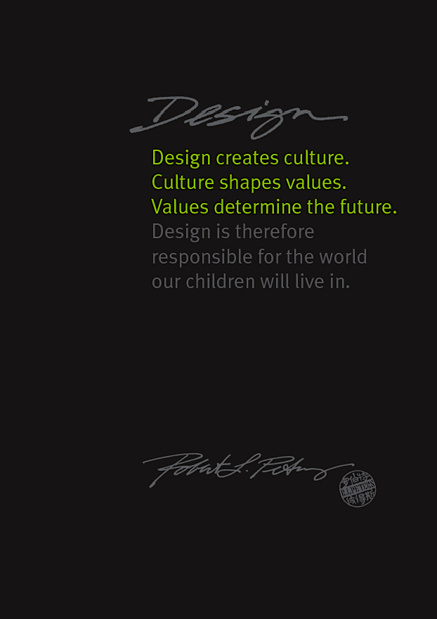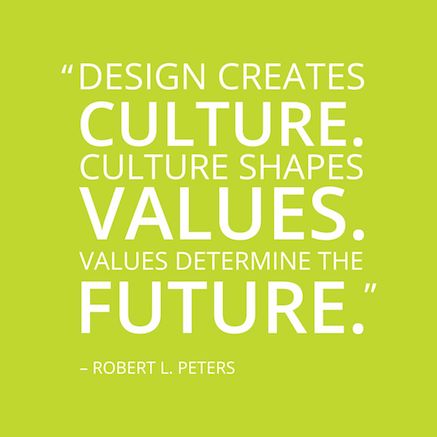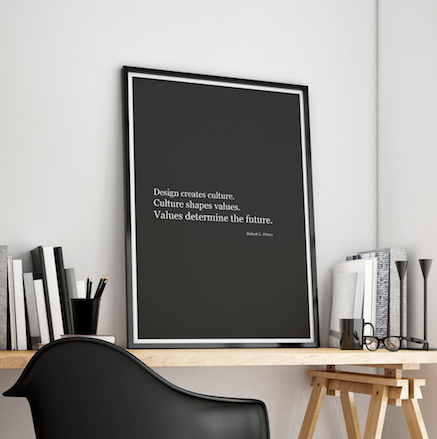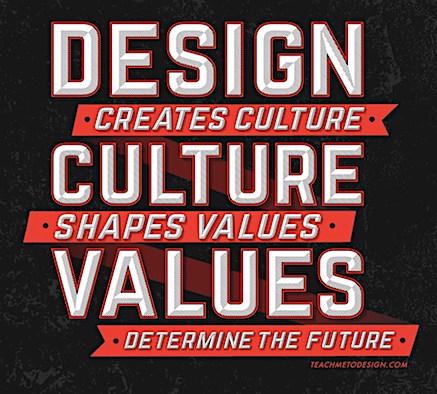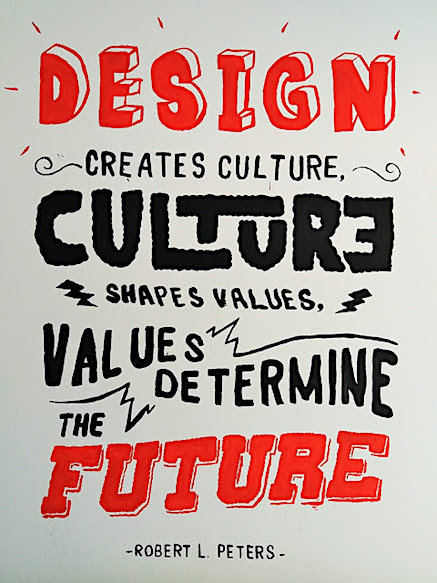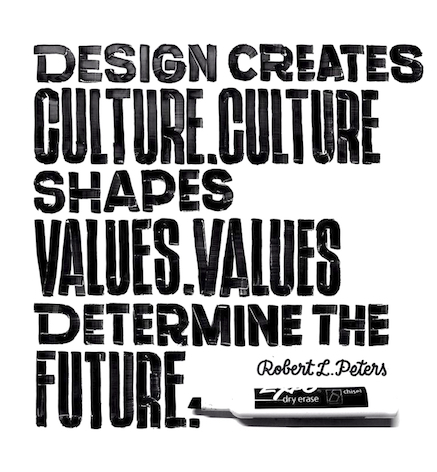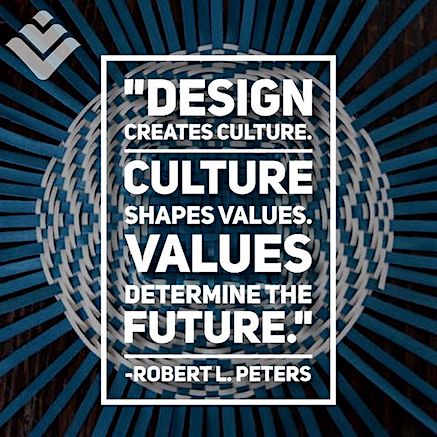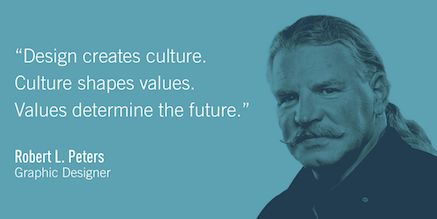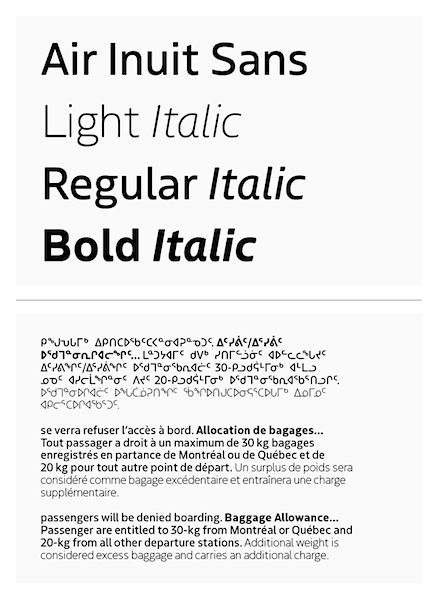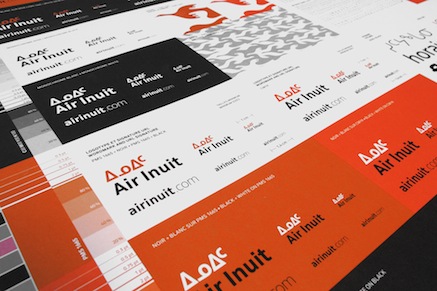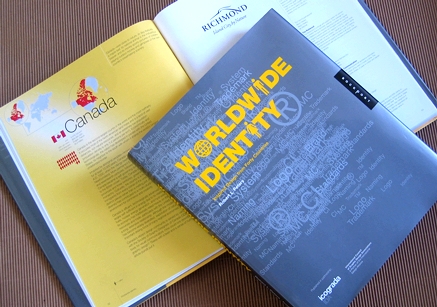
Worldwide Identity: Inspired Design from Forty Countries
Designers worldwide have given shape to the identities of corporations, organizations, locations, events, products, and services that surround us. Published in partnership between Icograda and Rockport Publishers, Worldwide Identity aims to be “a stimulating source of inspiration, reflection, and learning” and “an international snapshot of excellence in identity design”—it showcases over 300 identities from 40 Icograda member countries around the globe. The book’s clear and concise manner assists readers in seeing how innovative, distinctive, and appropriate identities arise from designers’ thorough understanding of mandate and cultural context. Available as of October 2005 from bookshops worldwide, through Rockport, or purchase online: www.amazon.com.
Author: Robert L. Peters
ISBN: 1-59253-187-3, Rockport Publishers, Inc.
Hardcover, 256 pages, 400 color images
Size: 228 x 280 mm (9 x 11 inches)
$45.00 US / £29.99 UK / $63.00 CAN
. . . . . . . . . . . . . . . . . . . . . . . . . . . . . . . . . . . . . . . . . . . . . . . . . . . .
Identity Matters
An online version of an Opinion/Commentary article originally published in the July 2005 issue of Communication Arts magazine (CA #337, Illustration Annual 46) draws from Peters’ new book Worldwide Identity. Read the essay online (a 792 K PDF) here.
. . . . . . . . . . . . . . . . . . . . . . . . . . . . . . . . . . . . . . . . . . . . . . . . . . . .
Some reviews of Worldwide Identity from amazon.com:
“Thoughtfully written, concisely edited, beautifully designed…”
There is more to being a designer than using tools to re-form and regurgitate our thoughts. There is more to design than balancing concept with execution. Design is intent: the process of understanding relationships and making choices based on that knowledge. We make our thoughts real when we put them into the world, and they give us back the world we live in. “Worldwide Identity, Inspired Design from Forty Countries” is thoughtfully written and concisely edited by Robert L. Peters, beautifully designed by his team at Circle (Winnipeg, Canada), and published by Rockport in partnership with Icograda (the International Council of Graphic Design Associations).
Rob is very concerned about how we make our thoughts real in the world—as he should be, with the depth and breadth of his background. Rob is a renaissance designer. Founder of Circle, a former president of Icograda, an internationally respected teacher, juror and speaker; mountain climber and solar home-builder; he has more than smarts and experience—he has passion and he has vision. He ventures into the world and the world sends him back with questions about our future. He entreats, “Aware of the advancing threat of monoculture, can the world’s identity designers help conserve and revive those things that make human culture distinct and unique?”
The opening pages are written with an urgent intelligence, and give an integrated overview at where we now stand as a species from a designer’s point of view. As designers in a globally connected world, it is our responsibility to contribute towards a shift in this place we find ourselves, and Rob drives that point home. As he has said, design is a verb and not a noun—a gestalt, not a thing.
As with most design books the verbal content is brief, but is well written and informative. The first few pages of preface and introduction are worth the price of admission alone. They make you think instead of react: something we all need to do more of. The visual content has a museum quality of wayfinding in 2 dimensions: each country’s opening section is displayed as a keyed demographical brief, describing the conditions through which the designs were conceived and birthed. It is not only a quick reference, it allows cultural comparisons of design produced within various countries in an accessible way, something of interest to all of us in today’s technologically connected world. The identities are collected both as encapsulations with background briefs, and fuller histories as case studies. Many are culturally flavoured, a reminder of how wonderful and necessary distinction is in the face of the “emergence of nonplaces (uniform airports, generic shopping malls), and the advancement of what some theorists are calling ‘serial monotony.’” He also points out that more than half of the world’s top economies are no longer countries, but now belong to the corporations. This explains a lot, doesn’t it?
The book opens with “Identity lies at the very core of culture, and it is the key to our understanding of self.” This is a book to remind you of that and it should be on every thinking designer’s bookshelf. Better design leads to better choices, and better choices lead to better design.
— Maggie Macnab, author of Decoding Design, principal of Macnab Design, from a review in DT&G Magazine
28 July 2008
+ + + + +
“Exactly what a great book should be.”
Profoundly insightful, contextually relevant and outstanding production for this book published by Rockport. Including contributions from 40 countries and 300 identities this is a monsterish load of data come true, an almost impossible summit to attain, and surely a potential nightmare to manage… but for the author, who has fun and experience climbing real mountains, this topic is just the right challenge for him… a natural extension!
Forever curious, well traveled and a man of heart, his thirst to understanding and his openness makes this book probably one of the most relevant, not because super brands and logos are (again) disserted about, but because of his aptitude to convey his passion and knowledge in the most valuable way: words.
To be honest, I was a bit reluctant because… well… you know, not another one. But within a couple of pages reading (just the intro is worth the book) – I was floored. Really! This is not only a gorgeous book to look at. It’s a book to take to your fav spot and read… and reap. It’s a feast for the eyes and the mind. In fact, that is exactly what a great book should be. If I was a writer, this is the book I would have like to have written!
— Carole Guevin, Editor of netdiver.net
11 December 2006
+ + + + +
“An exceptionally inspirational & educational experience.”
This is a superb and intelligent documentation featuring worldwide identity designs by some of the finest talents from 40 nations. Robert L. Peters has done a brilliant job in providing us with this well-designed, quality volume of not only inspirational work but one which functions as an educational volume as well. And, it includes not only exceptional visuals but also well-written and well-edited descriptive copy along with a very informative and most welcome background about each country represented. I recommend it highly for both professionals and students alike.
— Eileen Hedy Schultz
President/Creative Director of Design International,
Past President of The Art Director’s Club,
Past President of the Society of Illustrators,
Member of Board of Directors and Professor, School of Visual Arts, NY, USA.
10 August 2006
+ + + + +
“An international design adventure.”
Robert L. Peters, the past president of the International Council of Graphic Design Associations (Icograda), has produced one of the most unique and interesting corporate identity books I’ve come across in quite some time. In association with Icograda and an international advisory board, he has compiled – from entries submitted by design professionals around the world – the beautiful volume Worldwide Identity: Inspired Design from Forty Countries. Organized by country, the book highlights diversity in both individual logos and complete identity systems – all with well-written explanations, and in some cases the actual design brief for the projects.
A description of each featured nation helps the reader comprehend the influence and impact that the location, history, politics, cultural, economics and religions of a region may have on the exhibited designs – and vice versa. Designs from the United States are not included as American professional design organizations were not full Icograda members at the time of the “call for entries” in 2004. Any designer, feeling limited by their own geographic surroundings, should take a trip around the world via the pages of this incredible book. The author, Icograda, Rockport Publishers and all the designers/firms included in the book should be very proud of the end result of their collaboration.
— Jeff Fisher, author of Engineer of Creative Identity, writer of bLog-oMotives and the “Logo Notions” column at CreativeLatitude.com
8 November 2005
. . . . . . . . . . . . . . . . . . . . . . . . . . . . . . . . . . . . . . . . . . . . . . . . . . . .
Some additional reviews…
“A splendid piece of work!”
— Jan Middendorp, Berlin
“We love it… the book is beautiful!”
— David Coates, Ion Design, Vancouver
“Nicely made, interesting, and valuable.”
— Gediminas Lasas, Vilnius
“I was in Chicago a few weeks ago, browsing the design section at Borders when I saw Worldwide Identity on the shelf… Congratulations for the good work!”
— Marcelo Aflalo, Sao Paulo
“I really enjoy the concept and the ability to see work from around the world in a systematic way. The presentation and layout is great as well.”
— Matthew Clark, Subplot, Vancouver
. . . . . . . . . . . . . . . . . . . . . . . . . . . . . . . . . . . . . . . . . . . . . . . . . . . .










